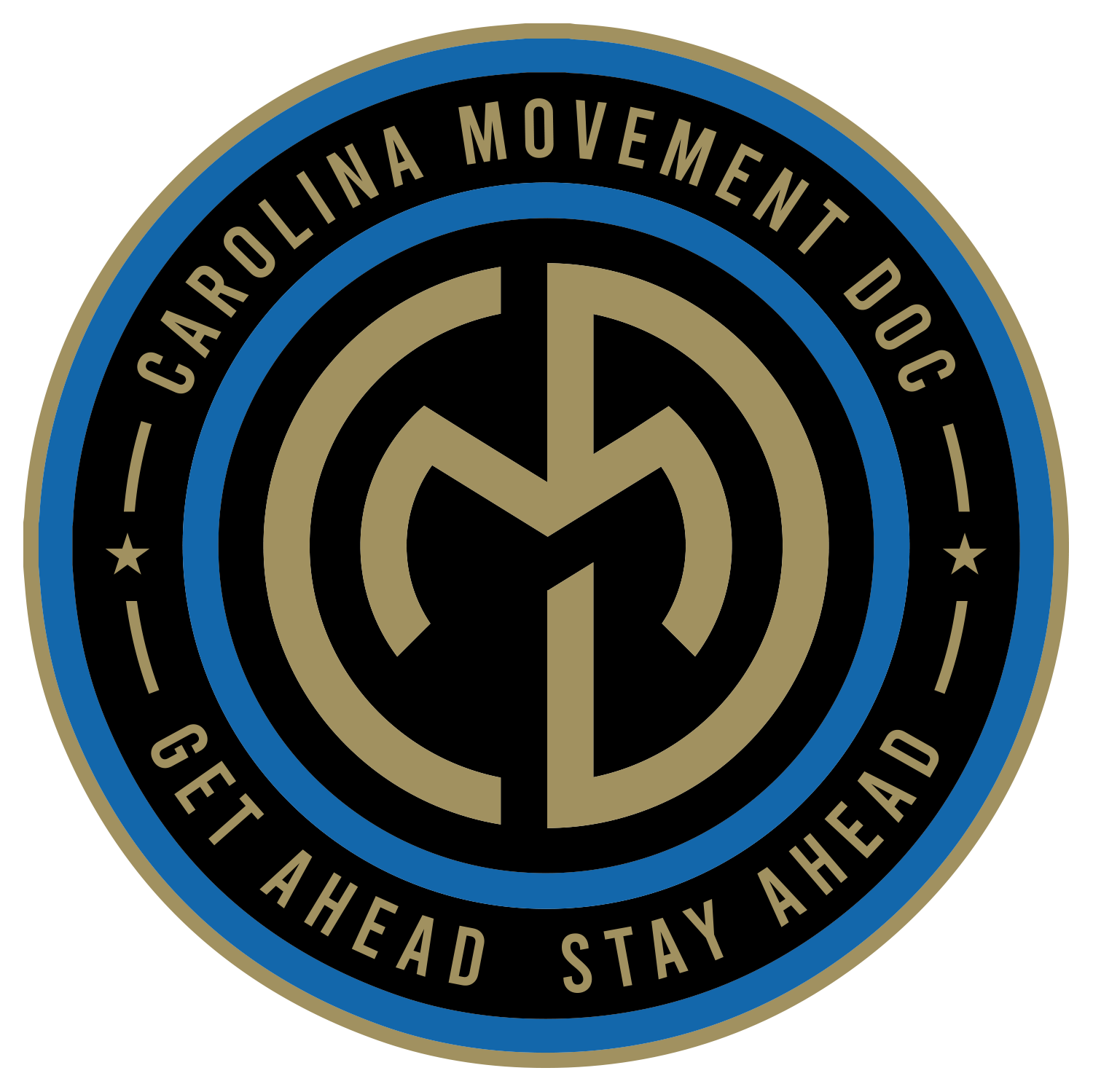Unlocking Swing Speed: A TPI-Certified PT’s Guide to Increasing Clubhead Velocity
If you’re a golfer looking to gain more yards off the tee, chances are you’ve considered swing speed as a key performance metric. As a TPI-certified performance physical therapist, I have the tools to work with golfers who want to generate more power without compromising control or risking injury.
Let’s dive deep into the biomechanics, mobility, stability, and training principles required to sustainably and effectively increase swing speed.
Step 1: Assess Before You Stress – The TPI Screen
Before jumping into speed training, you must understand what your body can and cannot do. The Titleist Performance Institute (TPI) movement screen is designed to identify physical limitations that affect swing mechanics.
Key Screens to Assess for Swing Speed Potential:
Pelvic Tilt Test – Inadequate control here can lead to power leaks.
Torso Rotation Test – Essential for dissociating upper from lower body.
Lat Length & Hip Internal Rotation – Limited range restricts backswing depth and rotational force.
Overhead Deep Squat – Reveals mobility/stability issues from ground up.
Common Findings That Inhibit Speed:
Poor hip disassociation
Limited thoracic rotation
Core instability
Posterior chain weakness
Step 2: Improve Mobility in the Right Places
To create speed, you need range. Not global flexibility—specific mobility in key joints:
Thoracic Spine
Restricted T-spine rotation limits X-factor separation. Use open-book drills, quadruped rotations, and rib mobilizations.
Hips
Internal rotation deficits (especially on the trail hip) can reduce loading and transition power. Mobilize with 90/90 drills and banded joint distractions.
Ankles
Poor dorsiflexion alters kinematic sequencing. Incorporate wall ankle mobilizations and eccentric heel drops.
Step 3: Build Stability to Transfer Force
Mobility without control is a recipe for inefficiency and injury potential. Once mobility improves, pelvic and core stability ensure that power generated in the lower body transfers into the clubhead.
Core Progressions:
Dead bugs and bird dogs (anti-extension)
Pallof presses and cable holds (anti-rotation)
Side planks with leg lifts (glute med activation)
Hip Stability:
Lateral band walks
Single-leg glute bridges
Rear-foot elevated split squats
Step 4: Power Development – Train Fast to Swing Fast
Now that we’ve laid a foundation, it’s time to train explosively. Research shows that overspeed training, when combined with strength and power work, is most effective.
Overspeed Training Tools:
SuperSpeed Golf protocols (start with Level 1, 3x/week)
Light medicine ball throws (rotational scoop tosses, shot puts)
Jump training (broad jumps, lateral bounds for ground reaction force)
Weight Room Essentials:
Trap bar deadlifts for posterior chain strength
Kettlebell swings for hip speed
Rotational landmine presses for torso power
Step 5: Bridge the Gap – Integrate with the Swing
Without incorporating speed into the actual swing, progress stalls. Work closely with a golf coach to:
Increase intent gradually
Use launch monitor feedback (Trackman, GCQuad)
Incorporate variability (e.g., max effort swings, different tempos)
Final Thoughts: Train Like an Athlete, Move Like a Golfer
Increasing swing speed isn’t just about swinging harder—it’s about optimizing how your body moves and transfers energy through the kinematic sequence. As a TPI-certified performance physical therapist, at CMD our goal is to guide golfers through a personalized, screen-based program that addresses their unique movement patterns, limitations, and goals.
When you are ready to work with the best clinician for your GOLF-SPECIFIC goals, then you need to get ahold of Dr. Griffin Love today.
